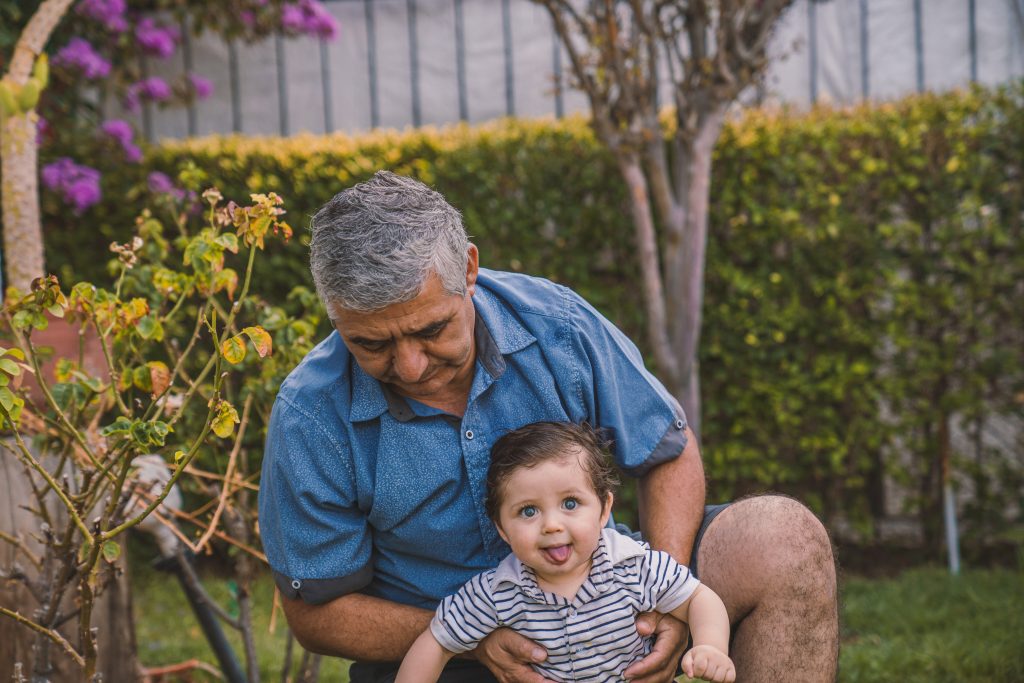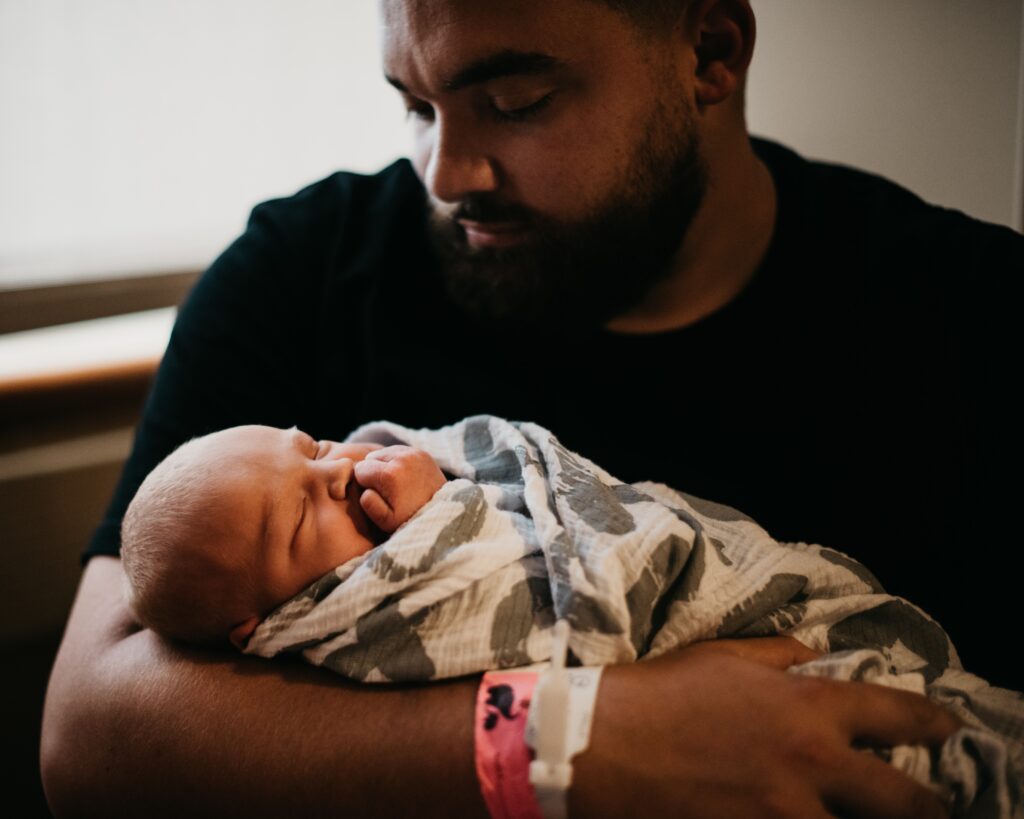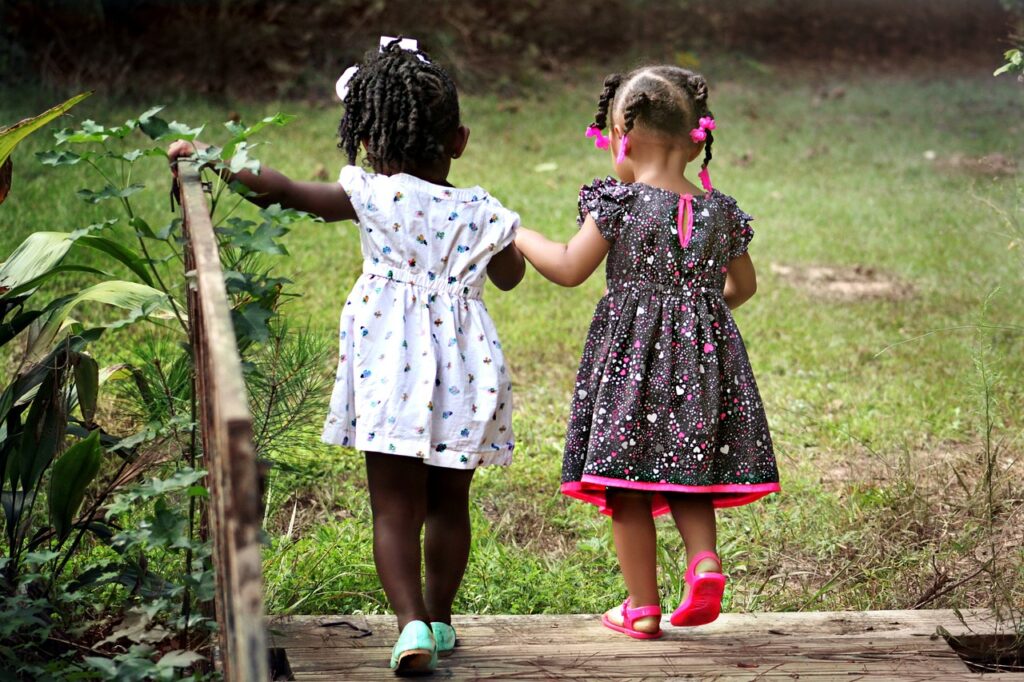In the past few decades, the Census Bureau has produced yearly population estimates for states and counties including data for young Hispanic children (ages birth to 4). The Census Bureau released 2020 Decennial Census data for young Hispanic children on May 25, 2023, which allows us to compare the number of young Hispanic children from the population estimates and the Census. Comparisons are made for the nation, states, and counties.
The Census develops post-census estimates by starting with a population base, adding births, subtracting deaths, and adjusting for net migration each year every decade. In the past, the Decennial Census counts have provided the estimates base, but the 2020 Census detailed data needed for the base was not available in time to use with the 2021 and 2022 population estimates. Thus, the Census Bureau developed a new PEP (Population Estimates Program) methodology called the “blended base.”
The base used for the post-2020 population estimates will affect state and county estimates for the next decade and the population estimates are closely linked to federal funding for states and localities. Consequently, the base used by the Census Bureau will have huge fiscal implications for states and counties throughout the 2020s. The differences between the 2020 Census counts and the PEP blended base are likely to have different implications for different populations. This study examines the implications for the young Hispanic child population.
This descriptive report focuses on comparing the PEP blended base estimates to the 2020 Census counts in the number and the national share of young Hispanic children. It is difficult to establish whether the Census count or the PEP blended base provides a more accurate reflection of the true number of young Hispanic children in states and counties. Nevertheless, it is important to highlight that the Hispanic/Latino population had a statistically significant undercount rate of 4.99% in the 2020 Census (U.S. Census Bureau, 2022), and young Hispanic children have been historically undercounted at a high rate. Thus, it is critical to describe which data source provides a larger number and/or a larger national share of young Hispanic children for states and counties, as it might help U.S. Census stakeholders discern options moving forward.
This report also includes comparisons of the child population in Puerto Rico and its municipios (county equivalents). The Census Bureau does not develop population estimates for other U.S. territories like the U.S. Virgin Islands or Guam, therefore the analyses shown in this report cannot be developed for these geographies.
We use two key measures in this study. The first measure is the number of young Hispanic children in each state or county, and the second measure is the share or percentage of the total U.S. young Hispanic child population in each state or county. We call this second measure “national share.” It is important to examine both the raw numbers and the share of the national population because the implications may not be the same for both measures. Just because the number of young Hispanic children in a state or county was higher in the PEP blended base compared to the Census, it does not necessarily mean it was a larger share of the national population because the total child population in the PEP blended base was different from the total child population in the Census count.
Data examined here show there are important differences between PEP blended base estimates and the 2020 Decennial Census counts for young Hispanic children at national, state, and county levels. In terms of absolute numbers, the PEP blended base provided a much larger number of young Hispanic children than the 2020 Census count nationally. At the national level, the number of young Hispanic children from the PEP blended base for April 1, 2020, was 5,014,881 compared to 4,635,698 in the 2020 Census count. In other words, the number of young Hispanic children in the PEP blended base was 379,183 higher than the count in the 2020 Decennial Census. That amounts to a difference of 7.6 percent.
In examining states, we find most young Hispanic children lived in a state where the PEP blended base was larger than the Census count.[1] The PEP blended base estimates were larger than the 2020 Census counts in 41 states, and 95 percent of all young Hispanic children in the country lived in one of those states according to the PEP blended base. There were only 10 states where the Census counts were larger than the PEP blended base, and about 5 percent of all young Hispanic children in the U.S. lived in one of those 10 states.
However, in terms of the national share of young Hispanic children in a state, the results are somewhat different. There were 32 states where the national share based on the Census count was larger than the PEP blended base estimate, and 57 percent of the national young Hispanic child population lived in one of those states. In 19 states, the PEP blended base national share was larger than the Census count and 43 percent of all young Hispanic children lived in these states.
At the county level, there were 1,881 counties where the PEP blended base provided a larger number of young Hispanic children than the 2020 Census count, and 87 percent of the national young Hispanic child population lived in those counties. The 2020 Census count was larger than the PEP blended base in 1,191 counties which were home to 13 percent of the nation’s young Hispanic children.
When national shares for counties were examined, we found that the 2020 Census counts were larger than the PEP blended base in 806 counties, and 43 percent of all young Hispanic children lived there. On the other hand, there were 513 counties where the PEP blended base produced a higher national share than the Census, and 51 percent of all young Hispanic children lived in those counties. There was no difference by national share in 1,824 counties, but only 5 percent of young Hispanic children lived in those counties.
Differences between the PEP blended base and the 2020 Census for Puerto Rican young children were small. In Puerto Rico, most children – 99.2 percent – counted in the Census 2020 were Hispanic. The Census count of young children in Puerto Rico was 115,106 compared to 114,886 young children in the PEP blended base. The Census count was larger than the PEP blended based in 50 out of 78 municipios (county equivalents).
The findings suggest that assessing the impact of the PEP blended base on the young Hispanic child population will be complicated. Results differ depending on whether one examines the nation, states, or counties and whether one focuses on absolute numbers of young Hispanic children or the share of the national young Hispanic child population in a state or county. All these perspectives are important.
The Census Bureau must decide in the next year or so about the methodology for the PEP estimates for the remainder of the decade. The Census Bureau might decide to revert to the 2020 Census counts for the base, continue with the current blended base as is, or decide on a third alternative.
This paper provides descriptive information for researchers, data analysts, and child advocates on the potential impact of the Census Bureau’s new blended base methodology for the young Hispanic child population.
[1] In this paper the District of Columbia is treated as a state and a county









